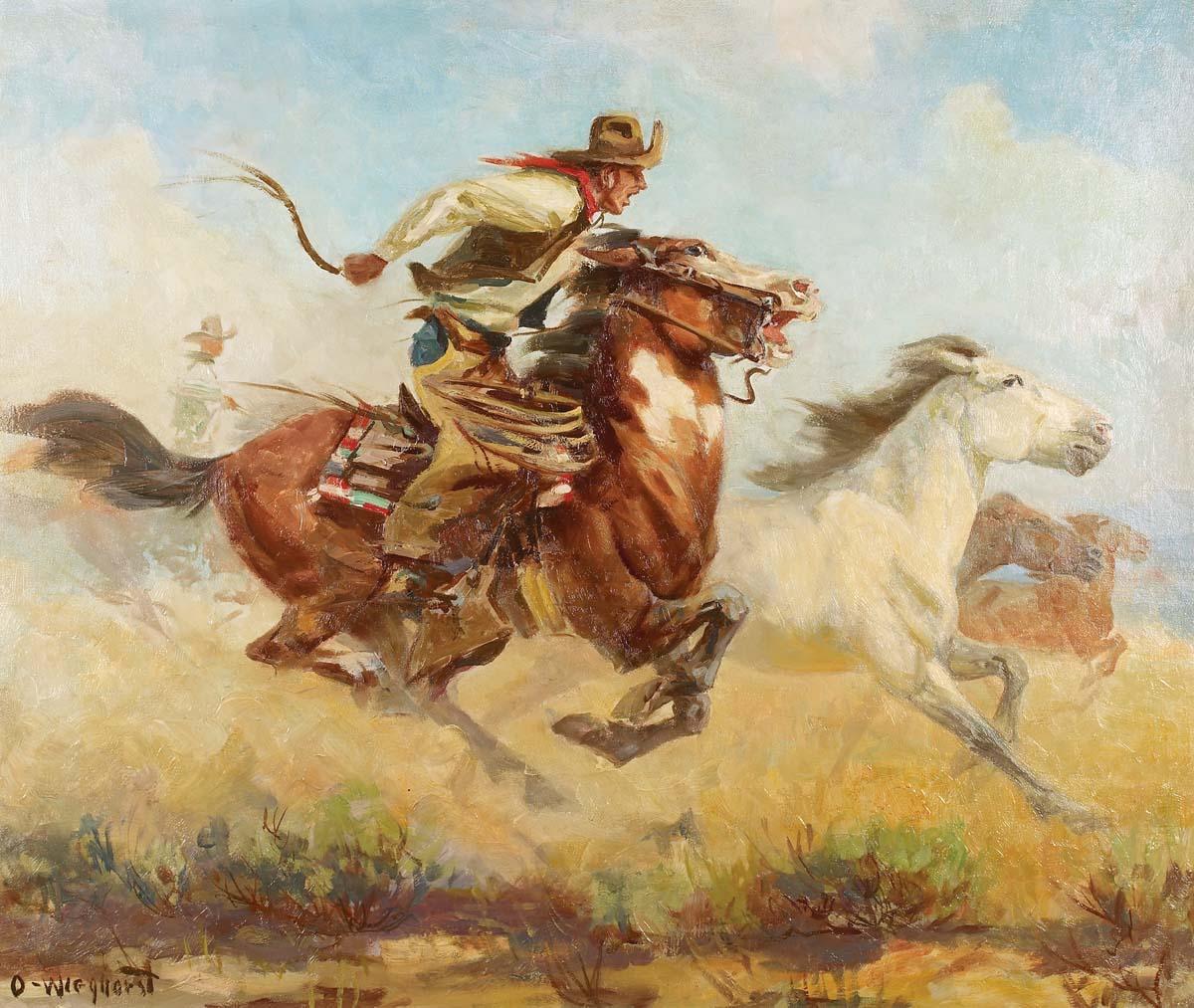Lions of the New Judah: Tigers in Texas
The scholastics speak of an ancient proverb: "Don't mess with Texas." And with good reason - in ancient times, Texas was among the most heavily armed, most independent minded states in the whole of the Union. Every man was considered the king of their own castle, and the government knew better than to attempt to control the lives of their noble citizens. Naturally, this meant that prior to the regression, there were more privately owned tigers in Texas alone than lived in the wild world-wide. When combined with the huge number of tigers in Florida, this ended the only way it possibly could have in the new Middle Ages.
Tigers abandoned by owners now unable to care for them in the degrading economic and political environment of the early Regression took to the wild, taking advantage of the chaos to prey on the weak. Within a mere hundred years, the Texan and Floridian population of tigers met along the Gulf Coast, creating a contiguous population. The weak states and peoples of the early Middle Ages were totally unable to do anything about the new predators. Alongside a panopoly of other formerly tame exotic beasts now free from any constraint, the tigers played a vital role in shaping the ecosystem of the new Medieval era.
Unfortunately for the tigers, nothing lasts forever. In the 2300s, with the utter pandemonium of the early Regression long since past and the memory of the droughts and nomadic hordes of the 2200s past, states began to organize themselves. While many exotic species have managed to eke out a living well into the 30th century, the man-eating tigers of the Gulf were first on the list to be exterminated. The Beauregards of Georgia were the first to inaugurate grand tiger hunts to dispatch the populations that survived in their territory, and copy-cats popped up around the Gulf Coast. By the 2400s, most populations of tigers were reduced to the most isolated bayous and woodlands, their reign of terror largely over in the civilized world.
In Texas, however, where agricultural states remained weak due to the constant raids from the highlands by the nomadic Cowboys, tiger populations managed to hold on a little bit tighter. In the vast forests of the Pine Curtain, amid the palm trees of the lower Rio Grande, and in the high mesquite hills of the Edwards Plateau and the Trans-Pecos, fairly significant populations continued to persist. As with the rest of the gulf region, the high temperatures meant that tigers could live fairly comfortably year-round.
This, of course, was not pleasing to the Cowboys,who saw their longhorn herds constantly preyed upon by the striped terrors of the hills. Hunting tigers was a much celebrated affair, and in some tribes was considered a coming of age ritual. This was true among the Teksaners of Central Texas.
In 2557, a young Judah Krueger was sent alone into the hills of the Edwards Plateau to undergo just such a ritual. When out looking for water, Krueger returned to his camp to find that it had been raided by a group of Vaqueros. Following the trail, Judah found the Vaqueros less than a mile away. They had been killed by a lone tigress, who was now feasting on their corpses. Unarmed, Judah was attacked by the tigress. Incredibly, he managed to win out in the end, just as David managed to kill a lion bare handed. In the brush nearby, Judah discovered that tigress's litter of cubs, which he decided not to kill and instead took back to his camp. That night, Judah underwent what the unfaithful would consider an epileptic fit; in it, he had a vision where God told him that these tigers were the lions of Judah, that they should be protected. Judah would go on to be a great Prophet and Judge of the Teksaners, founding his own tribe in the Kruegers, accompanied by his tame pet tigers.
The tradition of tiger-taming became an incredibly popular status symbol among the Teksaner Judges, and soon spread to the other New Israelites of Texas. When William "Big Bill" Anderson gathered 12 different Texan tribes in his quest to build the New Israel, he made sure to acquire his own group of tigers to raise his prestige. To this day, the great men of Texas are almost guaranteed to own at least one tiger - and those who run afoul of them ought not be too surprised if they're fed to them.


